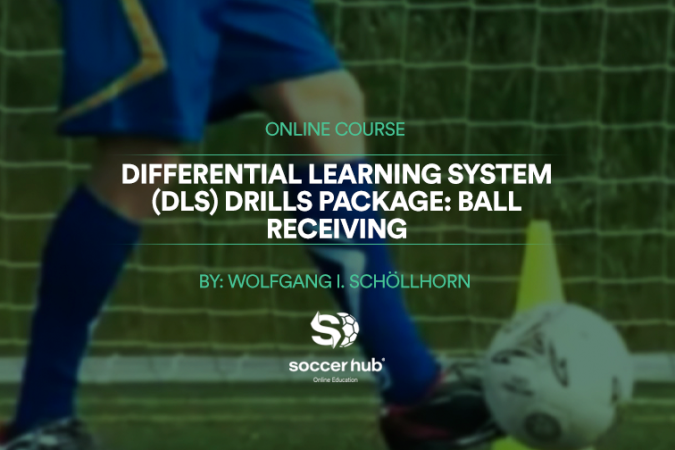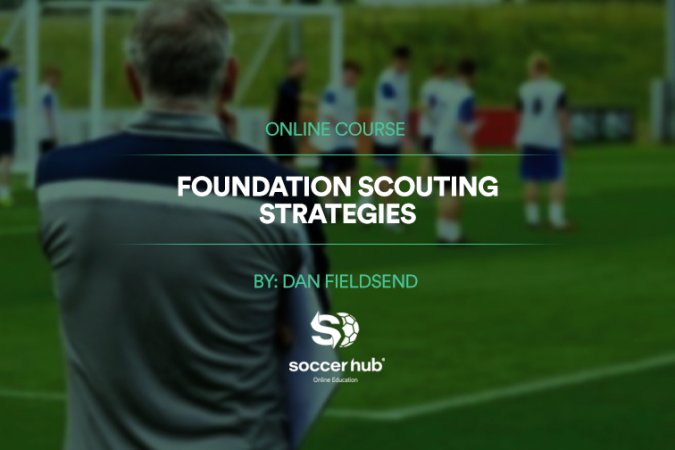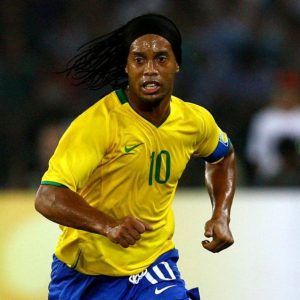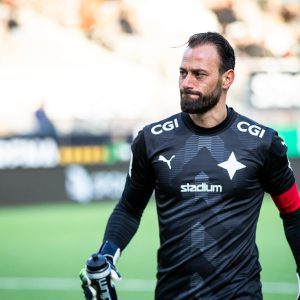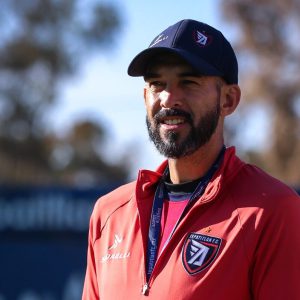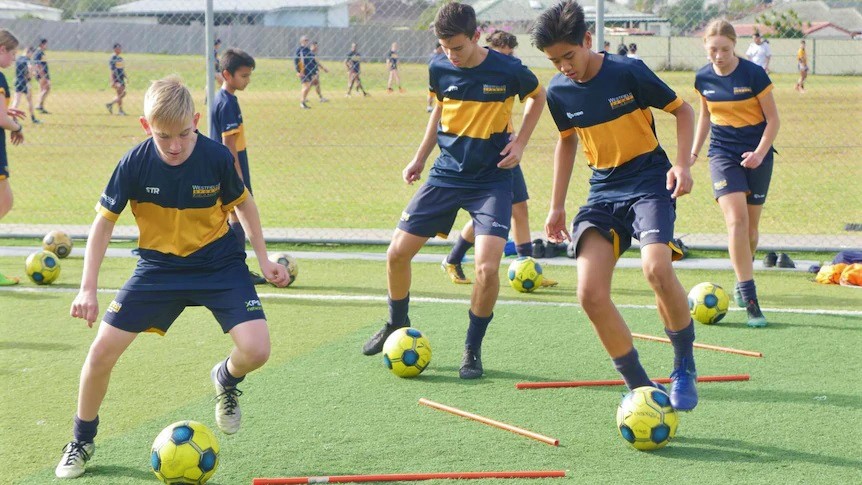

Early vs Late Specialization in Sports
There are coaches in many different sports who believe that athletes should specialize in their sport very early – training only in their sport, almost every day, from a very young age – sometimes as young as 9 or 10 years old.
Other coaches prefer late specialization, where an athlete trains in multiple sports throughout elementary and even high school, and specializes only in their own sport by around the age of 16.
What does the science have to say about this topic? Which method – early or late specialization – is the safest for young athletes? And, which method will develop better athletes at the top level?
The Early Specialization Model – Practice Makes Perfect
Early specialization has received and increasing amount of criticism in the last two decades, as youth sports have grown into full-time, year-round programs.
All too common these days, if a child shows promise in a team sport, like soccer, hockey, or basketball, they can most certainly join a club or academy program that trains and has competitions throughout all 12 months of the year. But is this a positive thing for young athletes?
Proponents of this model support it because athletes get to accumulate many more practice hours in their one preferred sport, and these extra hours will accelerate their development.
While it seems obvious that playing more of a sport will make you better at that sport, unfortunately there are some problems that come with early specialization – primarily, an increased risk of injury.
Many studies, including one recent literature review conducted at the Ohio Department of Pediatrics and Orthopaedic Surgery in 2016, have shown a link between early sport specialization and increased injury rates in children. The same study also found evidence that early specialization leads to decreases in motor skill development, which might be the cause of the increased injury risk.
What this means is that if you specialize early, you might perform better in your sport in the short-term, but you might also lose out on overall athletic development and increase risk of injury in the long-term.
Late Specialization Model – Good Things Come to Those Who Wait
The other avenue, for promising young athletes, is the late specialization model. In this model, athletes participate in a variety of sports, and only focus on their one, preferred sport, when they are much older – sometimes as late as 16 or 17 years of age.
The common criticism of this model is that athletes don’t get to accumulate the same amount of practice hours in any one sport as they would if they specialized earlier; and of course this is true – so if the aim is simply to practice one sport more, this model is not for you.
What are the benefits of this model for young athletes? The science is also very clear about these. First, a study published in the Handbook of Sport Psychology found that children who participated in multiple sports not only had fewer injuries, but also a healthier sense of self and better social relationships with their peers.
Second, many studies, including one conducted at the University of Santa Barbara, which looked at over 700 professional baseball players, found that late specialization led to better overall development and performance in the sport.
Among the large sample of pro baseball players studied, less than 25% had specialized before the age of 12; the average age of specialization was 15; and the players who specialized later were more likely to have received college scholarships – a clear indication that they had developed their talents to the optimal level as adolescents.
How and When Should Athletes Specialize?
Based on this research late specialization is the best option for youth athletes. Athletes get less injuries, a more well-rounded motor skills and athletic development, and healthier self-esteem and social relationships.
So, when should a young athlete specialize in his or her sport?
In a recent article published in the Journal of Scientific Research, a three-stage model of athletic sport development was proposed, to help guide parents, athletes and coaches in specialization.
The first stage, the Sampling Years, is the period before age 10 to 13. In these years, the focus should be on fun, physical movement, sportsmanship, and diversity of experience. In other words – Kids should “sample”, or, play multiple sports and see which ones they like best.
The second stage of athletic development is the Specializing Years, that correspond to about the ages of 12-16 years. In this period, children can handle increased pressure, they can be more focused in training, and at some point during the specializing stage – as the name implies – one primary sport can be identified to SPECIALIAZE in.
The final stage of athletic development is referred to as the Investment Years. At this stage, which begins at age 15 or 16, athletes are physically and psychologically developed enough to really specialize in just one sport. Of course, along with this specialization comes the opportunity – if they are talented and determined enough – to earn a spot in the levels of competition, including professional and national teams.
Many other studies, as well as articles written by top professional sports scientists and strength and conditioning coaches, have also recommended similar models to the 3-Stage model discussed here.
Ultimately, athletes, parents, and coaches should keep one thing in mind as they progress through the Sampling, Specializing, and Investment years: there is no rush in choosing one sport to focus on. The more sports you play – and the more often you play them – the better off you will be.
Coté, J. (1999). The influence of the family in the development of talent in sports. The Sport Psychologist, 13, 395-417.
Coté, J., Baker, J., & Abernethy, B. (2007). Practice and Play in the Development of Sport Expertise. In Handbook of Sport Psychology (pp. 184-202). Hoboken, NJ: John Wiley & Sons, Inc.
https://onlinelibrary.wiley.com/doi/abs/10.1002/9781118270011.ch8
https://doi.org/10.1002/9781118270011.ch8
Ginsburg, R. D., Smith, S. R., Danforth, N., Ceranoglu, T. A., Durant, S. A., Kamin, H., Babcock, R., Robin, L., & Masek, B. (2014). Patterns of Specialization in Professional Baseball Players, Journal of Clinical Sport Psychology, 8(3), 261-275. Retrieved Jun 2, 2021, from http://journals.humankinetics.com/view/journals/jcsp/8/3/article-p261.xml
Myer GD, Jayanthi N, DiFiori JP, Faigenbaum AD, Kiefer AW, Logerstedt D, Micheli LJ. Sports Specialization, Part II: Alternative Solutions to Early Sport Specialization in Youth Athletes. Sports Health. 2016 Jan-Feb;8(1):65-73. doi: 10.1177/1941738115614811. Epub 2015 Oct 30. PMID: 26517937; PMCID: PMC4702158.
Know more!
Categories
Latest Courses
-
9 Lessons
-
1 Lesson
-
6 Lessons
You May Also Like
- Blog
- August 1, 2022
- Blog
- June 3, 2022
- Blog
- May 27, 2022
Developed by Brandit Digital Media Services.

